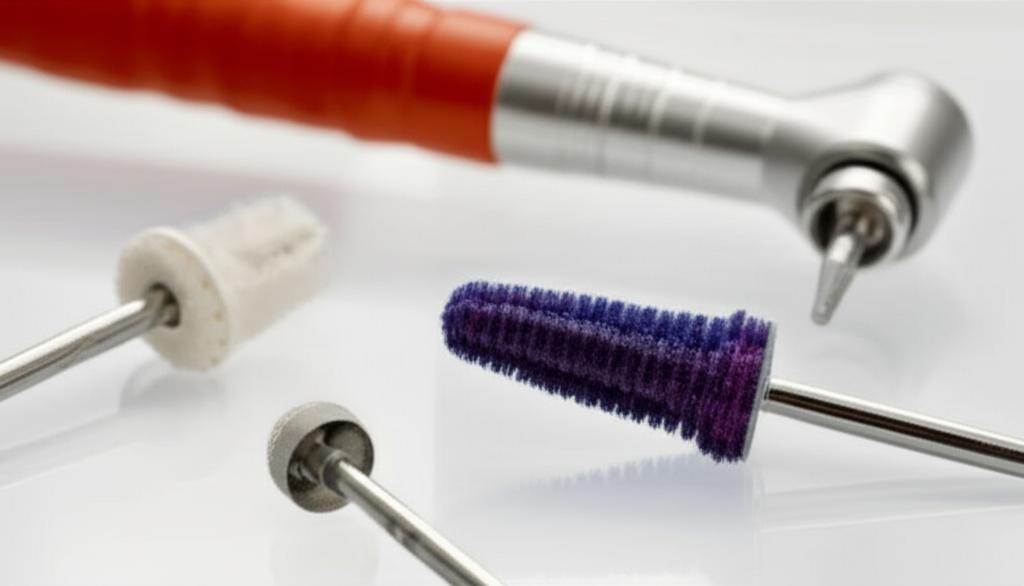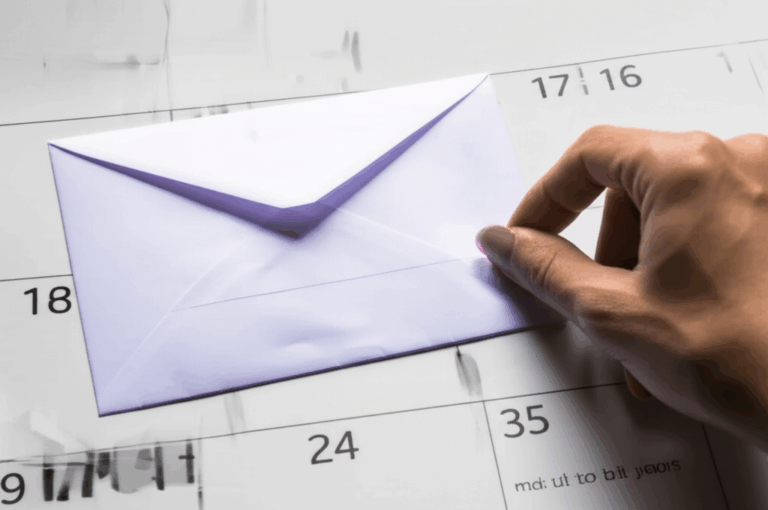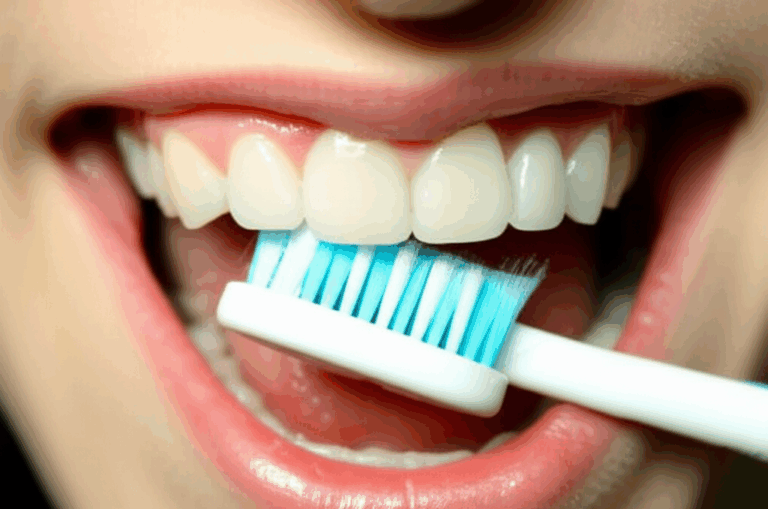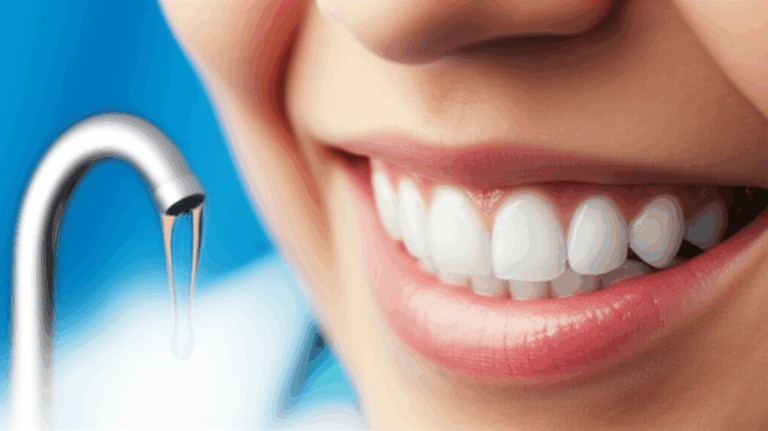
What Do Dentists Use to Polish Teeth? The Tools & Techniques for a Brighter Smile
Summary:
Ever wondered why your teeth feel so squeaky clean after a trip to the dentist? This article explains what actually happens when dentists polish your teeth. We’ll show you the tools, stuff they use, and the steps your dental team takes to give you that shiny, slick feeling after a cleaning. Plus, you’ll find out why this step is about way more than just a good-looking smile—it’s all about keeping your mouth healthy for years to come. Ready to jump in? Let’s make your next dental visit less confusing and a lot more interesting!
Table of Contents
The Purpose of Dental Polishing: Not Just for Looks
Walk into any dental office and you’ll probably hear the quiet buzz of cleaning tools. Some people think dentists just want to make teeth look good, but polishing is more than a beauty treatment. Dental polishing wipes away stains, smooths the outside of your teeth, and makes it harder for sticky stuff (plaque) to come back soon. When your dentist or hygienist polishes your teeth, they’re not just making you look better. They’re helping your teeth stay healthy by making them less likely to get covered in bad stuff again.
So, what happens if you skip the polish? Plaque and stains pile up faster, especially if your teeth feel rough. Over time, that means you could get problems like cavities or sore gums.
Solution? Make sure every dental cleaning ends with a nice polish. It’s a small step, but it makes a big difference.
What Happens Before Polishing?
Lots has to happen before you even get to the polishing part. First, the dentist or hygienist must scrape off tartar and junk using gadgets like loud water scalers or little hand tools. Think about it: You wouldn’t mop a dirty kitchen floor before sweeping it, right? It’s the same with teeth.
Once the hard stuff is gone, they’ll look at your gums and teeth for any signs of problems like holes or sore spots. Only after all this does the polishing start. Dentists want your mouth healthy, not just shiny.
Rotary Polishing: The Classic Pick
For a long time, most dental offices use rotary polishing to get your teeth feeling smooth. If you’ve ever noticed that soft spinning thing on your teeth that makes a quiet noise, that’s rotary polishing.
How does it work?
- A low-speed tool with a soft rubber cup (called a prophy angle) spins on your teeth.
- The cup holds polishing paste—think of this as a really strong toothpaste.
- Sometimes, they use a little brush or a different shaped cup to get in tricky spots.
Dentists like rotary polishing because it’s easy and gets the job done. It’s the go-to method for about 85-90% of regular cleanings all over the world, according to dental pros like Dr. Joe Dental.
Why do people still use this way?
It takes away surface stains and leaves your teeth feeling super smooth, so new plaque has a harder time sticking to them.
> Need dental crowns, bridges, or repairs that look great after polishing? See our trusted crown and bridge lab for great results.
Air Polishing: The Modern Marvel
Newer dental clinics may have something called air polishing—a more modern way to polish teeth. This machine sprays out a mix of air, water, and a special cleaning powder.
What does it feel like? Almost like a mini, gentle sandblaster for your teeth. Dentists use air polishing:
- For folks with sensitive teeth or lots of fake teeth (like crowns or implants)
- To reach around braces or clean below your gums
What’s in that spray?
Different powders can do different things. Your dentist might use salt powder (sodium bicarbonate) for tough stains, or softer powders like glycine or erythritol if your teeth are sensitive.
Not every dentist has air polishing—only about 30-40% do. But those who have it like it because it’s fast and works really well on tough stains.
> If your dentist uses fancy digital tools, they probably team up with a good digital dental lab for the top smile possible.
What’s in the Polishing Paste or Powder?
Let’s see what’s actually put on your teeth during polishing.
Prophy Pastes (for Rotary Polishing)
Prophy paste is like gritty toothpaste but way stronger. It has:
- Scrubby bits (like pumice or tiny crystals) to get rid of stains
- Things to keep it soft and sticky
- Binders so it stays in the cup
- Tasty flavors to make the process a bit nicer
- Fluoride to help your teeth get stronger
You might hear your cleaner ask if you want bubblegum, mint, or cherry. That’s picking the flavor—but what really matters is how “gritty” it is. Some pastes are rough for tough stains, but these can scratch if used too much. Smooth pastes are for gently shining things up.
Air Polishing Powders
- Sodium Bicarbonate: Good for tough stains from coffee or tea
- Glycine Powder: Really gentle, good for sensitive teeth or implants
- Erythritol Powder: Even softer for cleaning delicate spots
- Aluminum Oxide: Used for certain fixes, not regular cleaning
Not every paste or powder is right for everyone. Your dental pro picks what’s best for you.
> Curious how custom veneers are polished to look real? Our veneer lab uses up-to-date ways for natural smiles.
How Do Dentists Polish Your Teeth—Step by Step
Lots of people wonder what actually happens in the chair. Here’s how it usually goes:
- For rotary, the hygienist scoops paste into the cup.
- For air polishing, they load in the powder and get the spray ready.
- Each tooth gets worked on with the rubber cup or air sprayer.
- The hygienist goes over every part—front, back, and biting edge.
- Gentle but steady, so there’s no damage or sore spots.
| Step | Tool Used | What Happens? |
|---|---|---|
| Cleaning | Ultrasonic scaler/hand scalers | Scrapes away hard stuff |
| Polishing | Rotary cup or air polisher | Smooths, removes stains |
| Rinse | Water suction | Washes out the paste and bits |
| Fluoride | Gel, foam, or varnish | Makes teeth stronger |
Want to know if you can get the same results at home? Not really. Home devices can’t do what the dentist’s tools do—professional help is safest and best.
Benefits of Professional Dental Polishing
Why go through all this? Here’s what polishing does for you:
- Gets rid of tough stains from drinks and smoking.
- Makes your teeth smooth so new junk can’t stick easily.
- Gives you a shiny, fresh smile right away.
- Freshens your breath by taking away trapped food and bacteria.
- Helps fluoride stay on better, so your teeth are strong.
- Gives confidence so you can smile big!
Fun Fact: Studies say it takes up to 2 days for new plaque to really stick after a good professional polish [Dental Journal Reference].
When Should Dentists Change How They Polish?
Not everyone’s mouth is the same, and smart dentists know how to adjust. Here’s when they do things differently:
- Thin or weak enamel: Use soft pastes, no rough stuff.
- Sensitive teeth: Gentle powders or soft tools keep things comfy.
- Lots of repairs (like crowns, fillings, veneers): Use special tools or powders that won’t scratch.
- Sore or pulled-back gums: Go slow, skip certain spots, or use air polishing.
How often should you polish? Most people visit for a cleaning every six months. If you have braces, gum problems, or other special things, you might need to come more often.
How to Keep Your Smile Polished at Home
Once you leave the dentist, it’s your job to keep that sparkle going! Try these simple tips:
- Brush two times every day with a soft brush.
- Floss once daily to get between teeth—polishers can’t reach there!
- Eat smart: Watch out for sticky candy, soda, coffee, and red wine.
- Rinse with water after eating, if you can’t brush.
- Chew sugarless gum to get your spit going, which protects your teeth.
- Visit your dentist regularly for check-ups and polishes.
> Need dentures that look freshly polished? Our removable denture lab has good options for everyone.
Why Trust The Pros for a Shiny Smile?
There are lots of ads for home whitening kits and polishers. But nothing beats seeing a real dentist.
Dentists and hygienists have the right tools, skills, and experience to:
- Keep your enamel safe from harm
- Find problems before they get bad
- Choose the best tools and paste for you
- Give you honest advice to keep your smile bright
Plus, these regular visits are your best way to keep teeth and gums healthy for life. Don’t skip them—and don’t think you can do it all at home!
Frequently Asked Questions
Q: Does polishing hurt?
A: Most people say no—it doesn’t hurt. Some feel a tickle or a cool spray. If your teeth get a little sore, tell your hygienist and they’ll use something softer.
Q: Can polishing take away tooth enamel?
A: If done right, it doesn’t hurt healthy teeth. Too much or too rough, though, can cause some wear—so trust your dentist to use what’s best for you.
Q: How do I make my polished teeth last?
A: Brush and floss daily, stay away from things that stain, and rinse with water. See the tips above for more ideas.
Q: Can kids get their teeth polished?
A: Of course! It’s safe and helps kids learn good habits early.
Key Takeaways
- Dental polishing isn’t just to make teeth look good—it’s important for healthy teeth.
- Dentists use spinning tools or air sprayers with special pastes and powders.
- Prophy paste comes in rough or smooth, depending on what you need.
- Air polishing is softer and faster for some patients.
- Getting polished by the dentist means less plaque, fewer stains, and stronger teeth.
- Dentist cleanings are better—and safer—than at-home gadgets.
- Keep your smile gleaming with good brushing, smart eating, and regular dentist visits.
Remember, your brightest smile starts with the right team and the right tools. Don’t go dull—let the pros keep your teeth shining!
Reviewed by Dr. Joe Dental and the dentist team. For questions about dental stuff or how things are done, our experts and lab partners—like the china dental lab—are always happy to help you find the best options.
Keep smiling, and stay shiny!








